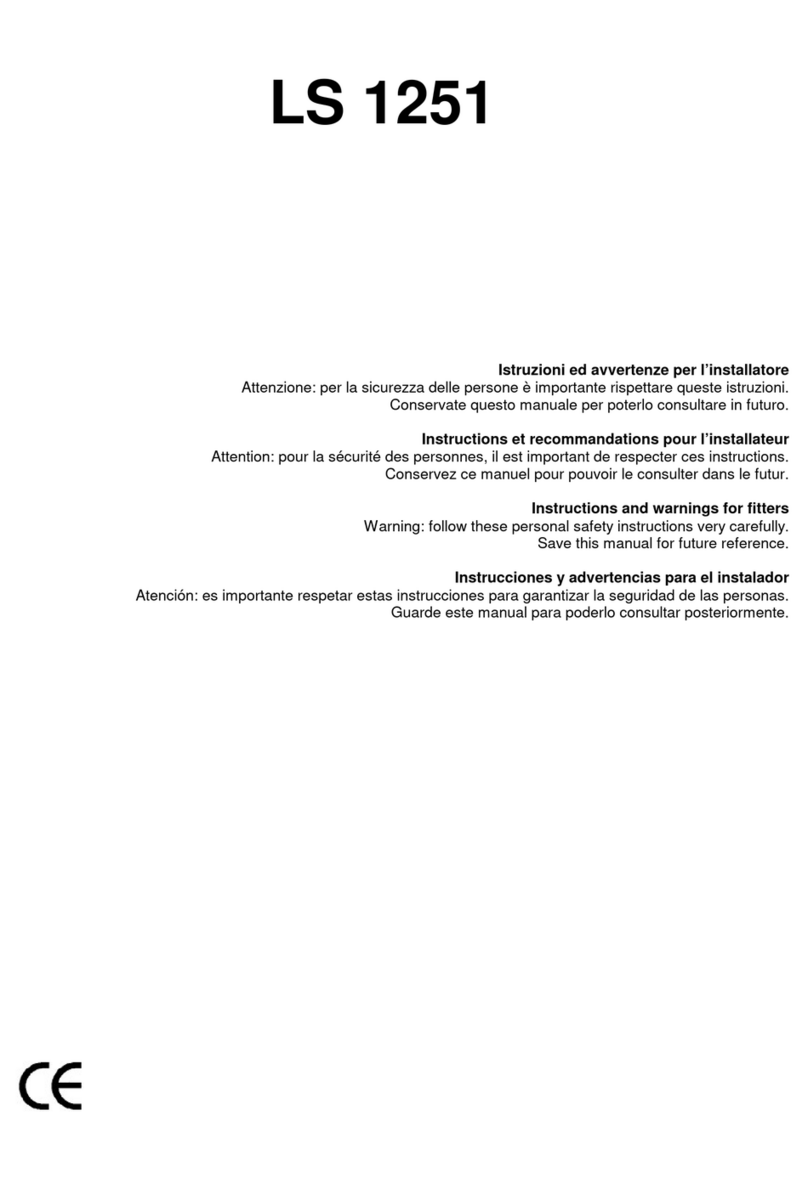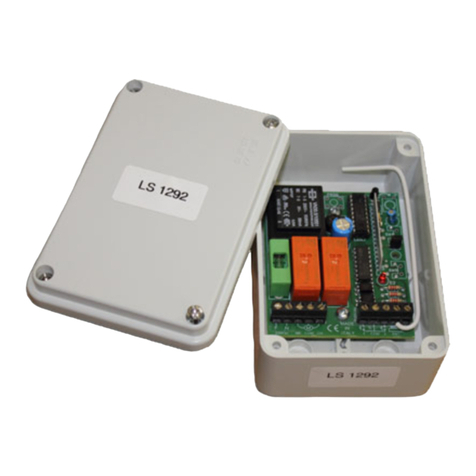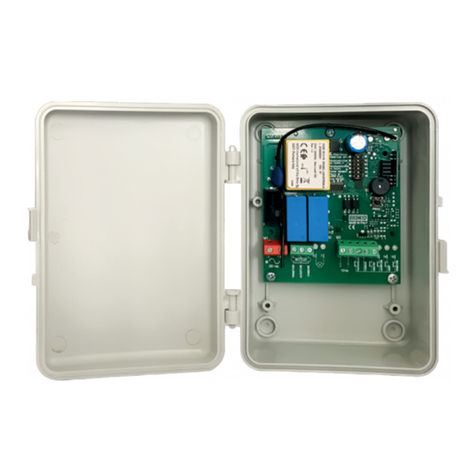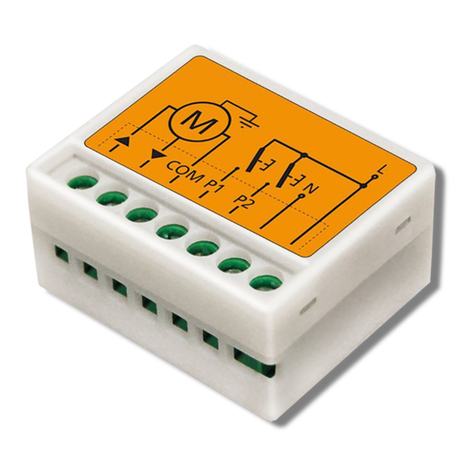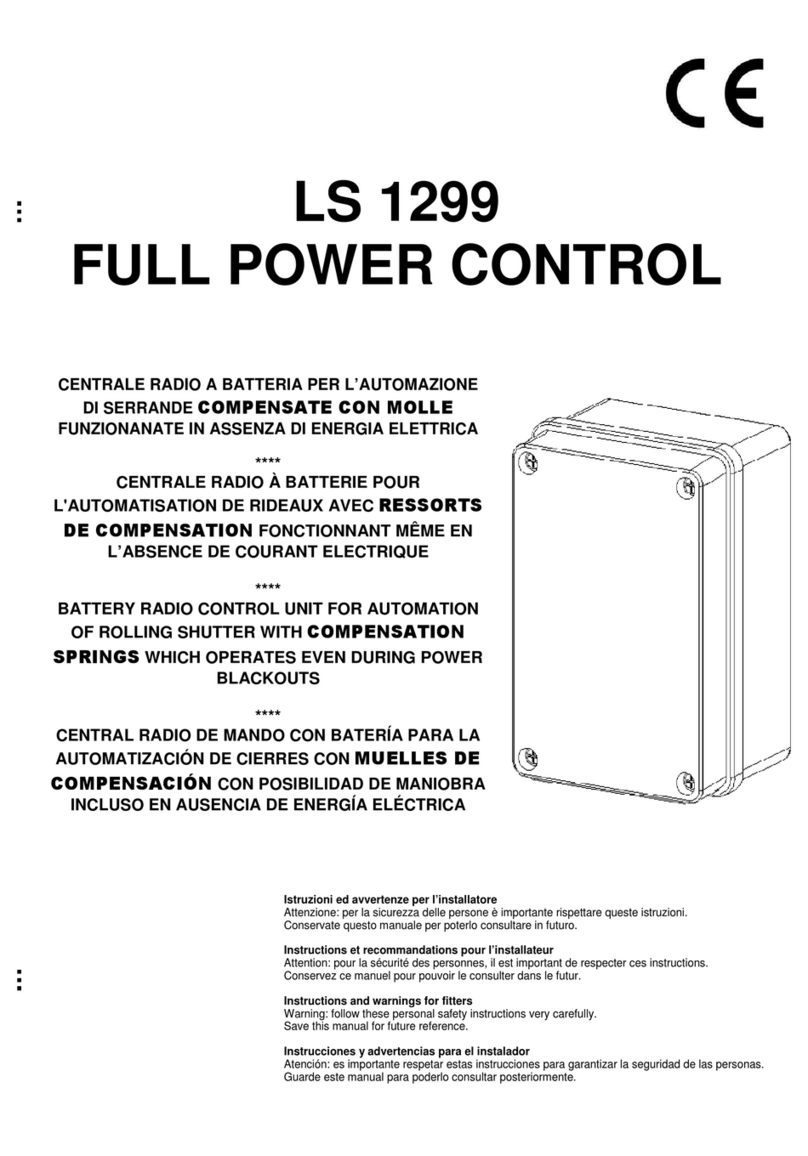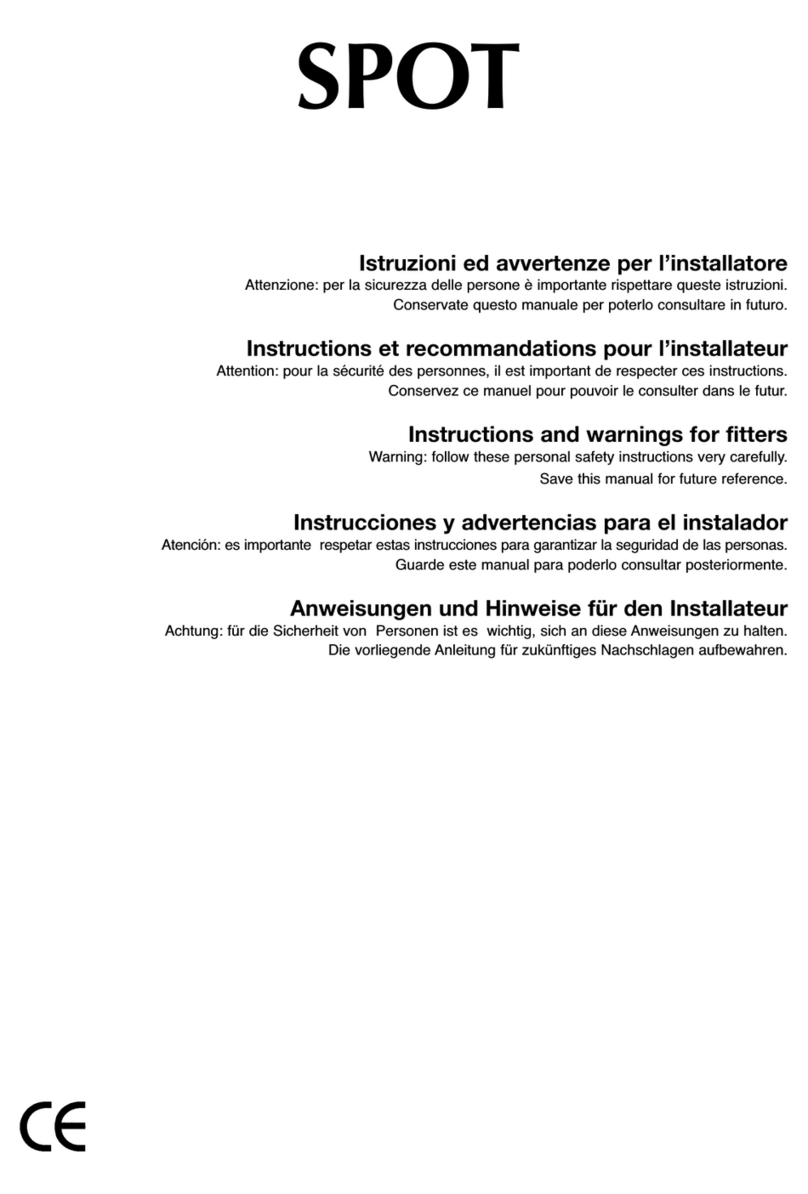
AMC-DTM-Sensor Transmitter
- i -
TABLE OF CONTENTS
SECTION TITLE PAGE
1 Warranty........................................................................................................................iii
1.1 Liability........................................................................................................................... iii
1.2 Modifications and Substitutions...................................................................................... iii
1.3 Product Return............................................................................................................... iii
2 Product Information.....................................................................................................iv
2.1 Transmitter.....................................................................................................................iv
2.2 Factory Settings .............................................................................................................iv
3 Production Description.................................................................................................1
3.1 General Description.........................................................................................................1
4 Installation .....................................................................................................................2
4.1 Location and Mounting....................................................................................................2
4.2 Cable Selection...............................................................................................................3
4.3 Electrical Interfaces.........................................................................................................5
4.3.1 Input Power Supply .........................................................................................................5
4.3.2 Analogue Output (4-20 mA).............................................................................................5
4.3.3 MODBUS RS485 Interface..............................................................................................7
5 Operation.......................................................................................................................9
5.1 Operator Interface...........................................................................................................9
5.1.1 Touch Screen Keypad Operation.....................................................................................9
5.1.2 Liquid Crystal Display....................................................................................................10
5.2 Device Programming Menu...........................................................................................12
5.3 Features........................................................................................................................16
5.3.1 Keypad Inactivity...........................................................................................................16
5.3.2 Scroll Speedup..............................................................................................................16
5.3.3 Key Press Indication......................................................................................................16
5.3.4 Displaying Currently Configured Values........................................................................16
5.3.5 Fail Alarm Condition......................................................................................................16
5.3.6 Power Up Sequence......................................................................................................17
5.3.7 Manufacturing Data.......................................................................................................17
5.3.8 Modbus .........................................................................................................................17
5.3.9 Test...............................................................................................................................17
5.4 Gas Alarm Options........................................................................................................17
5.4.1 Threshold......................................................................................................................17
5.4.2 Type..............................................................................................................................18
5.4.3 Name ............................................................................................................................18
5.4.4 Activation Delay (On Delay)..........................................................................................18
5.4.5 Silence Timer ................................................................................................................19
5.4.6 Minimum Run Time (Run Time).....................................................................................19
5.5 Transmitter Options.......................................................................................................19
5.5.1 Gas label.......................................................................................................................19
5.5.2 Hysteresis .....................................................................................................................19
5.5.3 Zero Buffer....................................................................................................................20
5.5.4 Range............................................................................................................................20












